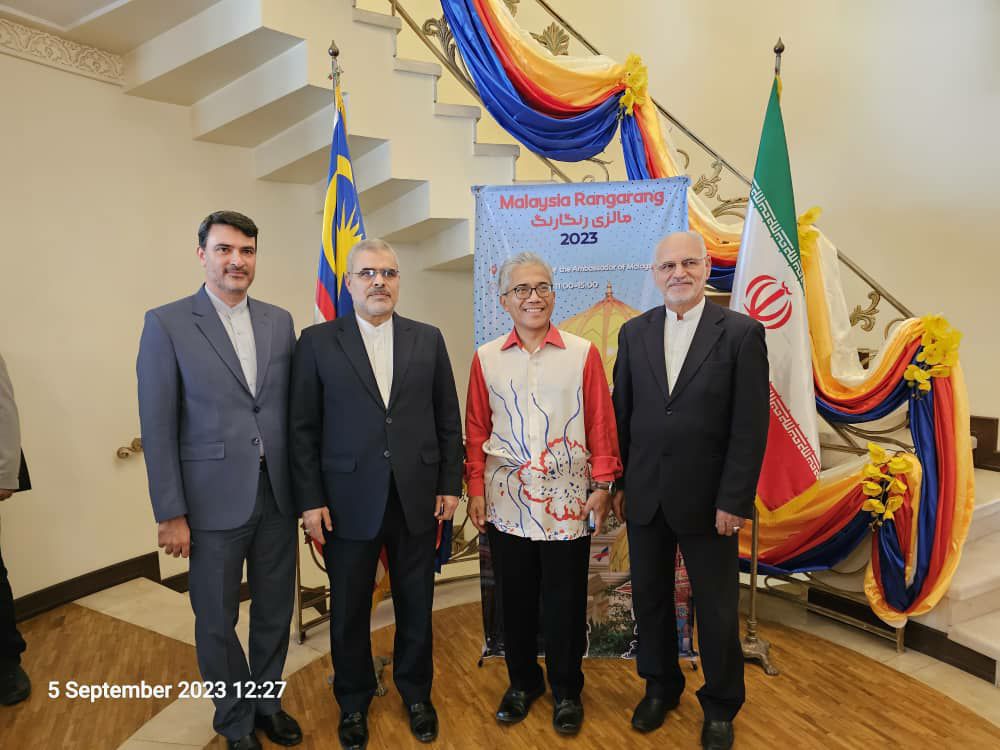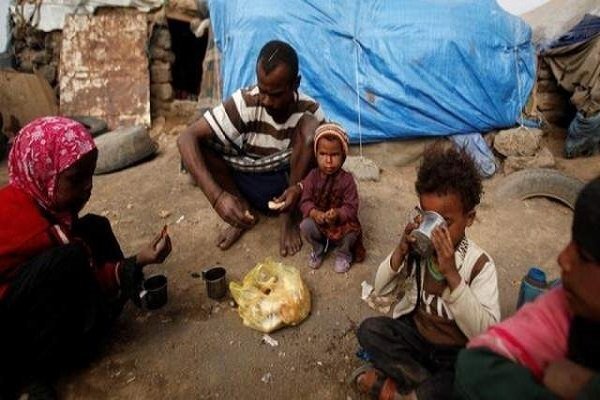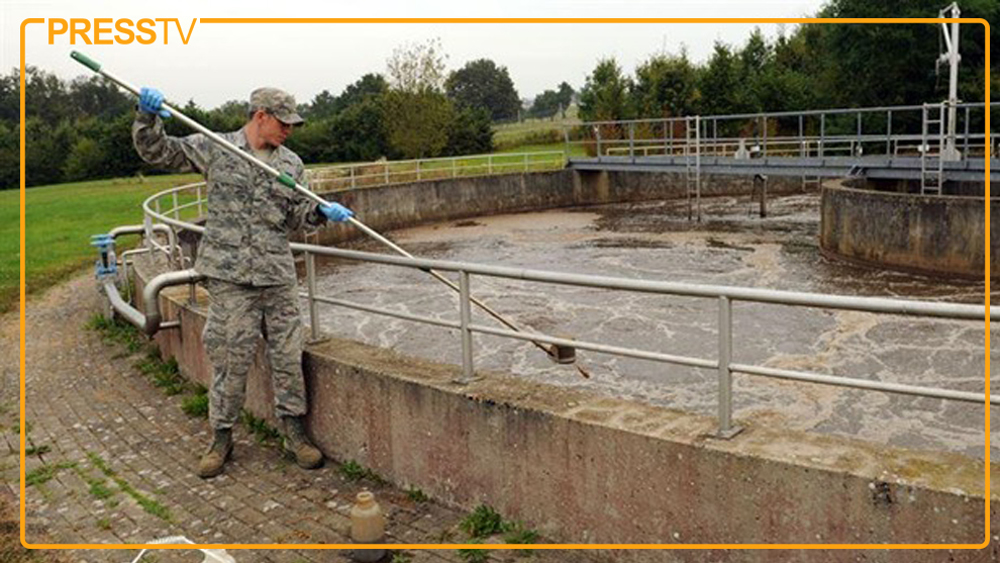Value Added in Iran’s Exports Below Global Average
TEHRAN (Iran News) Speaking at the 11th Productivity Award Conference for Mines and Mineral Industries, Mohammad-Saleh Olia said that low value-added in exported products raises concerns about the justification of investments made across the value chain. He noted that misguided investments, production surpluses, export restrictions, and dependence on foreign markets are among key challenges that require urgent attention.
Olia emphasized the critical role of productivity in addressing national economic issues, particularly in the mining sector, stating that sustainable growth depends on strategic foresight and smart policymaking.
He added that productivity and excellence models must be designed according to the specific conditions of each industry, grounded in a clear understanding of existing challenges. These models, he said, should serve as internal assessment tools that identify successful patterns while also reflecting national policy priorities.
Olia underscored the need for continuous updates to these models in response to evolving challenges, ensuring alignment between productivity assessments and policymaking.
He further explained that current company evaluation indicators focus mainly on general productivity and require complementary economic metrics. For example, while energy accounts for a small share of production costs in the steel industry, artificially low energy prices and asset valuations can distort productivity assessments. Incorporating indicators such as energy consumption per ton of steel, recovery rates, and waste rates would provide a more accurate picture.
Environmental metrics—such as carbon intensity and resource recovery rates in mining and mineral industries—must also be considered, particularly given the country’s significant technology gap and aging equipment.
Olia stressed the importance of ongoing reform and updating of productivity models, along with incorporating economic and environmental indicators, to promote sustainable development. Achieving this, he said, requires organizations and companies to adopt productivity-driven approaches supported by appropriate policy frameworks. “Exports ”
He also highlighted the crucial role of regulatory bodies in enhancing productivity. Policy adjustments, he noted, can guide organizations toward better performance. However, he said motivation is essential: “Speeches, meetings, and awards alone are not enough. Real incentives must be created to embed productivity in organizations.”
Experience shows that without meaningful motivation, efforts fail to deliver desired results, he added. A combination of incentives and constraints through permits and regulatory policies can help ensure the achievement of productivity goals.
Olia called for new initiatives that collect and share domestic and international best practices in productivity, expressing hope that the outcomes of the conference would serve as valuable benchmarks for future efforts.
- source : IRAN NEWS ECONOMIC DESK






























